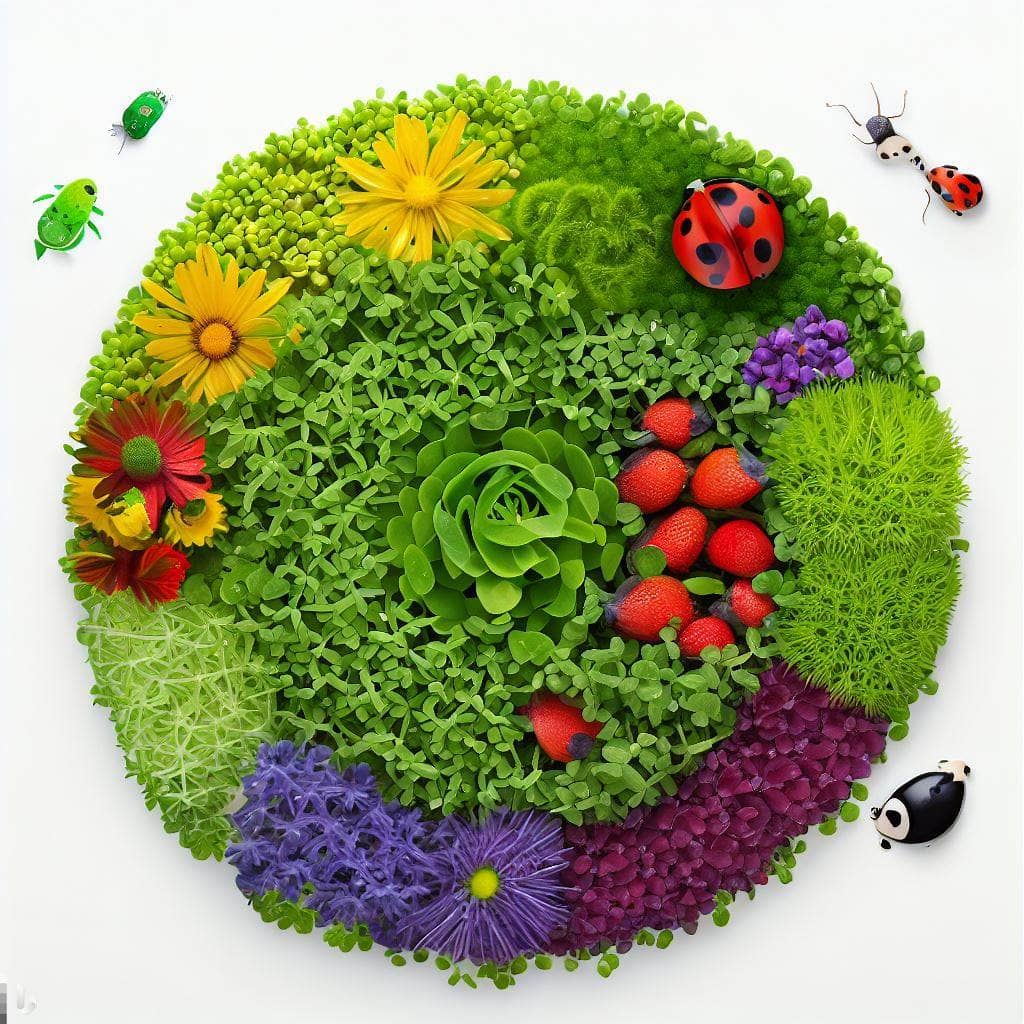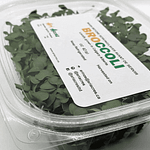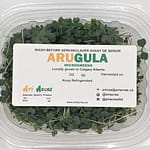If you’re looking for a way to boost your health and add more nutrients to your diet, microgreens might be just what you need. These tiny plants are packed with vitamins and minerals, making them a great addition to any meal. In this post, we’ll explore the microgreens benefits, including their nutritional value and culinary uses. We’ll also discuss how you can grow your own microgreens at home and why they’re a sustainable choice.
What are Microgreens?
Harvested just a few weeks after germination, microgreens are young seedlings of edible plants. They stand smaller than baby greens and larger than sprouts, often packaged in small plastic containers for sale. You can find microgreens in a variety of flavors and colors, such as arugula, kale, radish, and beet.
Nutritional Value and Microgreens Benefits
Despite their small size, microgreens are a nutritional powerhouse. They’re loaded with vitamins and minerals, including:
- Vitamin C: Helps boost the immune system and promotes healthy skin and bones.
- Vitamin K: Supports healthy blood clotting and helps build strong bones.
- Vitamin E: An antioxidant that helps protect cells from damage.
- Beta-carotene: Converted to vitamin A in the body, which supports healthy vision and skin.
- Iron: Helps the body produce red blood cells and carry oxygen throughout the body.
- Calcium: Supports healthy bones and teeth.
Microgreens are also high in antioxidants, which can help protect the body from free radicals and reduce the risk of chronic diseases. You can learn more about the microgreens benefits in this Healthline article.
Culinary Uses of Microgreens
Microgreens are not only nutritious, but they’re also delicious. They add a burst of flavor and texture to any dish, and can be used in a variety of ways. Here are a few ideas:
- Add them to salads for a pop of color and flavor.
- Use them as a garnish for soups or sandwiches.
- Blend them into smoothies for an extra boost of vitamins and minerals.
- Use them as a base for pesto or other sauces.
- Top pizzas or pasta dishes with microgreens for added freshness.
Check out our recipe section for more culinary ideas with microgreens.
Growing Your Own Microgreens
- One of the best things about microgreens is that they’re easy to grow at home. You don’t need a lot of space or fancy equipment to get started. Here’s how to grow your own microgreens:
- Choose your seeds: You can buy microgreen seeds online or at your local garden center. Choose seeds for the type of microgreen you want to grow, such as arugula or kale.
- Prepare your container: You can use a shallow tray or container to grow your microgreens. Make sure it has drainage holes to prevent water from pooling.
- Add soil: Fill your container with potting soil or a seedstarting mix.
- Plant your seeds: Sprinkle your seeds evenly over the soil, making sure they’re not too crowded.
- Water your seeds: Use a spray bottle to mist your seeds with water. You want to keep the soil moist, but not soaked.
- Place your container in a sunny spot: Microgreens need plenty of light to grow. Place your container in a sunny window or under grow lights.
- Harvest your microgreens: In just a few weeks, your microgreens should be ready to harvest. Use scissors to snip the greens just above the soil line.
FAQs:
What are the health benefits of microgreens?
Microgreens are packed with vitamins and minerals, making them a nutritional powerhouse. They are high in vitamins C, K, and E, beta-carotene, iron, and calcium. They also contain antioxidants which can help protect the body from free radicals and reduce the risk of chronic diseases.
What are some culinary uses of microgreens?
Microgreens add a burst of flavor and texture to any dish. They can be added to salads, used as a garnish for soups or sandwiches, blended into smoothies, used as a base for pesto or other sauces, or used to top pizzas or pasta dishes.
How can I grow my own microgreens at home?
Growing your own microgreens is easy. You just need to choose your seeds, prepare your container, add soil, plant your seeds, water your seeds, place your container in a sunny spot, and then harvest your microgreens after a few weeks.
Why are microgreens a sustainable choice?
Microgreens offer a sustainable choice as they enable you to grow them at home, reducing the distance your food has to travel from farm to table. You can cultivate them in small spaces, making them an excellent option for urban gardening or apartment living.
Conclusion
Microgreens are a great way to add more vitamins and minerals to your diet. They’re easy to grow at home, delicious, and sustainable. Whether you’re looking to add more nutrients to your meals or reduce your carbon footprint, microgreens are a great choice.
Try growing your own and see the microgreens benefits for yourself. Check out our store for a variety of microgreens. And don’t forget to subscribe to our subscription packages for regular deliveries of fresh, locally grown microgreens.
Happy cooking!







3 comments